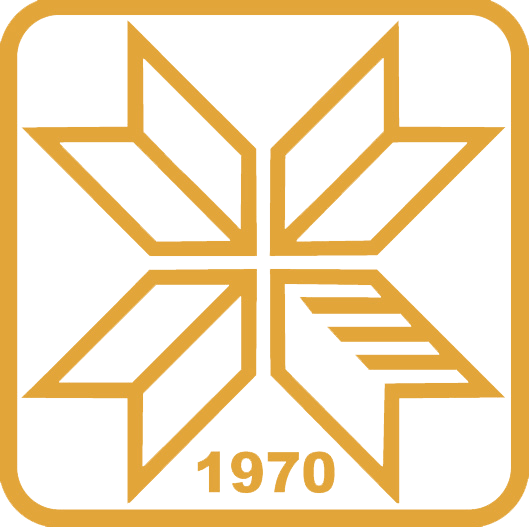Приказ основних података о документу
The influence of the type of activation of the montmorillonite of hydrolytic stability of the urea-formaldehide nanocomposite
| dc.contributor.author | Čanaćević, Milena | |
| dc.contributor.author | Kostić, Marija | |
| dc.contributor.author | Samaržija-Jovanović, Suzana | |
| dc.contributor.author | Jovanović, Vojislav | |
| dc.contributor.author | Petković, Branka | |
| dc.contributor.author | Marković, Gordana | |
| dc.contributor.author | Budinski-Simendić, Jaroslava | |
| dc.date.accessioned | 2022-11-01T09:42:23Z | |
| dc.date.available | 2022-11-01T09:42:23Z | |
| dc.date.issued | 2019-10-10 | |
| dc.identifier.isbn | 978-86-6253-102-5 | |
| dc.identifier.uri | https://platon.pr.ac.rs/handle/123456789/823 | |
| dc.description.abstract | In this work the hydrolytic stability of nano-composites based on urea-formaldehyde resin (UF) and montmorillonite (K10) as formaldehyde scavenger was investigated. K10 was activated by sulfuric acid (H2SO4) with and without mechanical mixing. The degree activation was determined using specific surface measurement (Sir's method) and the cation-exchange capacity (CEC) measurement. The hydrolytic stability of modified UF composites was determined by the mass losses estimation and via free formaldehyde and liberated formaldehyde concentration of composites after acid hydrolysis. The amount of free and liberated formaldehyde was 0.06% and 4.6% for activated K10 without mixing and 0.12% and 3.99% for activated K10 with mixing on a magnetic stirrer. The CEC values were 0.145 mol/kg and 0.162 mol/kg for activated K10 without and with mechanical mixing on a magnetic stirrer. The CEC value for inactivated K10 was 0.21 mol/kg. Specific surface measurement indicates that lower values were obtained for inactivated K10 (74.2 m2/g) compared activated. Specific surface area for activated KSF without mixing was 183 m2/g, but for activated K10 with mixing using magnetic stirrer was 167 m2/g. It was assessed that the UF resins with activated K10 have a smaller content of free formaldehyde (0.06 %) compared to resin with inactivated K10 (0.3603%). The higher resistance to acidic hydrolysis and lower released formaldehyde percent (1.2252%) has urea-formaldehyde resin with inactivated montmorillonite powder. | en_US |
| dc.language.iso | en_US | en_US |
| dc.publisher | University of Novi Sad, Faculty of Technology Novi Sad | en_US |
| dc.title | The influence of the type of activation of the montmorillonite of hydrolytic stability of the urea-formaldehide nanocomposite | en_US |
| dc.title.alternative | 1st International conference on Advanced Production and Procesing-ICAPP 2019 | en_US |
| dc.type | konferencijski-prilog | en_US |
| dc.description.version | publishedVersion | en_US |
| dc.type.mCategory | M34 | en_US |
| dc.type.mCategory | openAccess | en_US |
| dc.type.mCategory | M34 | en_US |
| dc.type.mCategory | openAccess | en_US |
